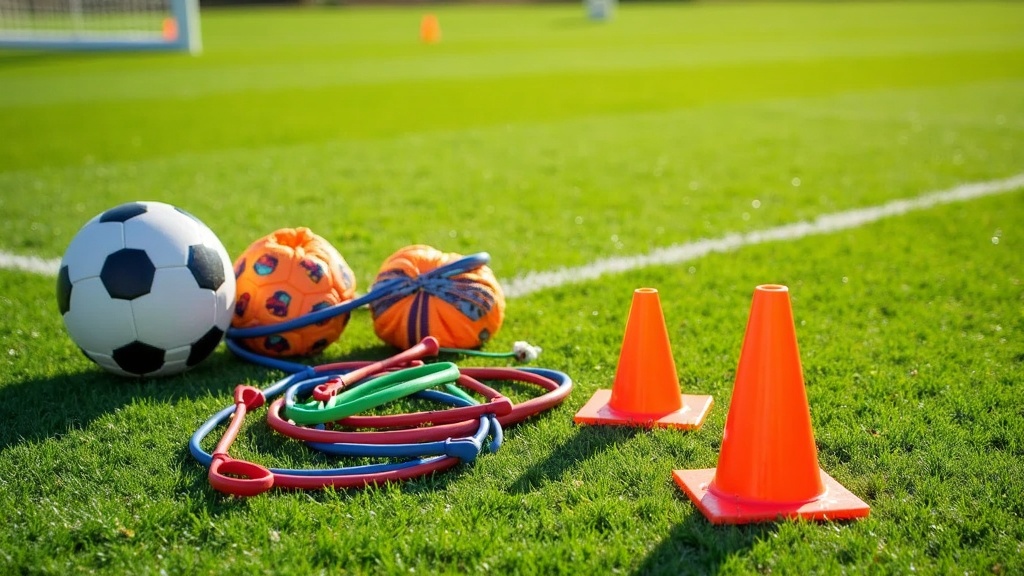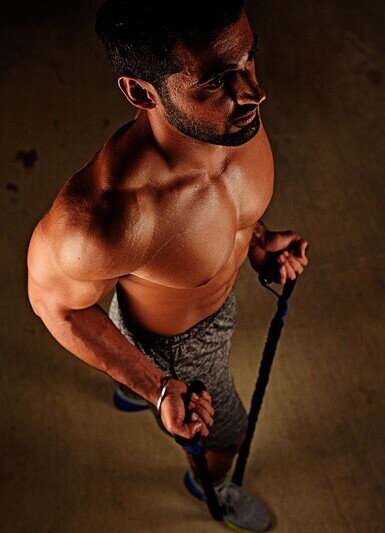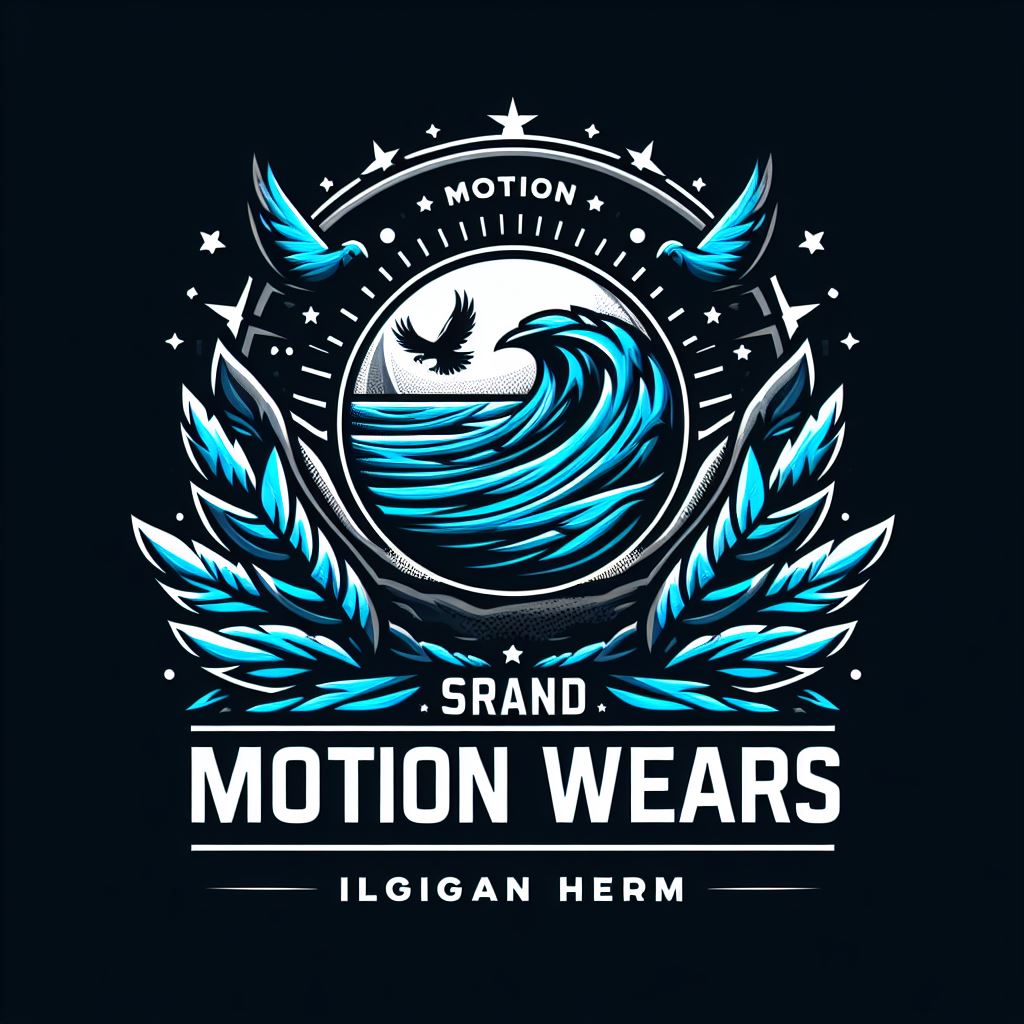Building soccer strength without gym equipment is totally doable and, honestly, pretty practical for most people. You don’t need a fancy setup to boost your on-field power, speed, and resilience. I’ve picked up plenty of simple tricks and routines that help with strength, all from home, the backyard, or even at the park. If you’re into soccer and want more robust performance, stronger tackles, and explosive acceleration, this guide has your back with no equipment required.

Why Strength Matters for Soccer Players
Soccer isn’t just speed and skills. Strength shows up in almost every aspect of play, from shielding the ball against defenders to powering through sprints and changing direction in a split second. There’s a constant battle for space, acceleration, and balance, especially if you play in the midfield or defense.
Building strength without equipment means using your own body weight or everyday things you already own. It’s lower cost, super convenient, and travels well, so you can train anywhere even in a small backyard or living room.
Besides the obvious physical improvements, getting stronger helps with injury prevention and gives you more stamina throughout each game. As matches get intense, players with better strength tend to maintain control and recover quickly during quick stops and starts.
Bodyweight Exercises for Soccer Strength
Bodyweight exercises make up the core of any equipment free soccer strength training program. These moves hit all the main muscle groups used in soccer and boost both functional strength and stability. Here are some go-to exercises that I recommend adding to your routine:
- Squats: Fire up your quads, glutes, and core for stronger running and tackling. Mix things up with regular squats, single leg squats, and even jump squats for explosiveness.
- Lunges: Step forward, backward, or sideways to isolate your legs and hips. Walking lunges and lateral lunges build single leg strength and hip mobility, which is super useful for kicking and changing direction.
- Pushups: Great for upper body and core. Classic pushups, wide grip, and diamond pushups keep things interesting. It’s surprising how much this helps with balance and shoulder strength during physical play.
- Planks: Core strength is the unsung hero of soccer. Planks (both standard and side planks) help stabilize every movement.
- Glute Bridges: Lying on your back, lift your hips for a glute and hamstring workout. Try singleleg bridges for more of a challenge.
- Mountain Climbers: Build core and shoulder stability while sneaking in some cardio. Go slow and controlled, or ramp up speed for intensity.
Including these movements helps you build muscle memory and strength in the same patterns used during matches. You can adjust the difficulty by slowing down reps, pausing at the bottom, or doing variations like pistol squats.
Designing an Equipment Free Soccer Strength Routine

Putting together a routine doesn’t have to be complicated, but there are a few things I like to cover to make sure the workout hits all important spots. Here’s a basic weekly structure you can adjust to your fitness level and schedule:
- 2-3 Sessions Per Week: Keeps muscles growing without overloading your body, and gives you time to focus on technique and cardio other days.
- Full Body Focus: Each workout should include at least one move for lower body, upper body, and core.
- Repeat Rounds: 3–5 sets (or rounds) works for most exercises. Use 8–15 reps per exercise, or 30–45 seconds for timed moves like planks.
- Active Rest: Instead of just sitting, try light jogging or dynamic stretching between sets. It keeps the heart rate up and matches the stop start bursts in soccer.
Never rush through the moves. Quality beats quantity every time, and you’ll get much more out of each session by staying focused on how each muscle feels.
Adding Power and Speed Drills; No Weights Needed
Soccer players need explosive speed and power, not just slow muscle growth. Plyometric drills help bridge that gap. These are moves like jumping, bounding, and rapid direction changes. No gym gear, just gravity and your own drive. My favorites include:
- Box Jumps/Step Ups: Find a stable bench or curb. Jump up or step up with force, and focus on landing softly.
- Broad Jumps: Jump forward as far as you can, land on both feet, and regain balance right away.
- Skater Hops: Leap sideways from one foot to the other, like a speed skater. This builds lateral strength and is close to the movements used dodging defenders.
- Sprints/Acceleration Drills: Use short 10–30 meter sprints on sidewalks or in parks. Try varied starts, like from lying down, kneeling, or facing backward to make it game like.
Plyometric drills should come early in your session, after a warmup. They use fast twitch muscle fibers and it’s a good idea to be fresh to get the full benefits; this also helps avoid injury.
If you want to mix in even more next level cool agility, set up cones or any markers for zigzag sprints and quick footwork. Fast feet and directional switches can boost your soccer skills and make you more unpredictable to defenders.
Warm Up and Mobility Work for Soccer Performance
Soccer is tough on the whole body, so injury prevention is a big priority. I always start my sessions with a dynamic warmup like light jogging, high knees, butt kicks, and some basic mobility drills such as hip circles, lunges with a twist, and arm swings.
Stretching after workouts keeps muscles flexible. There are a lot of free videos online focusing on soccer mobility. These are totally worth checking out if you feel tightness anywhere. You can also fit in some foam rolling or light yoga to help your body loosen up and recover.
Good mobility equals smoother play over time. As you progress, try to pay attention to tight spots and address those before they become problems. Warmups and post workout stretching routines may not seem exciting, but every strong soccer player knows they’re essential for staying sharp and injury free.
Common Challenges Training Without Equipment (and How to Solve Them)
Training without the gym brings its own set of bumps. I’ve run into a few, and here’s how I get around those:
- Limited Resistance: Bodyweight can feel light pretty quickly. I add tempo reps, going super slow on the way down or up during squats and pushups, single leg work, or pause at the hardest point of the move for a few seconds to make it tougher.
- Boredom/Plateaus: Switching up exercises, reps, or timing keeps things fresh. There’s plenty of variety if you get creative. Try new lunge directions, elevate your feet for pushups, or do challenge sets with friends.
- Motivation: Sometimes it’s tough to stay on track at home. I like to plan sessions ahead, stick reminders on my calendar, or rope in teammates for remote sessions using video calls or social chats.
If you ever feel stuck, just remember you can always check out new bodyweight routines from professional players or coaches. There’s something for everyone and fresh ideas to try if you ever want to mix things up.
Staying Safe and Avoiding Injuries
Building strength safely means paying attention to form first. Control your movements and avoid fast, sloppy reps. I watch for signs of joint pain or unusual soreness. If something feels off, it’s worth taking a break or looking up proper form from trusted soccer coaches online. Recovery and safety go hand in hand, so pace yourself and listen to your body.
Don’t be afraid to ask others for feedback on your form, or even record yourself to spot adjustments you could make. Minor tweaks lead to better strength gains and fewer setbacks.
Soccer Specific Bodyweight Circuits (Sample Workout)
Here’s a straightforward no equipment workout I often use when I want to hit all the main soccer muscles without overthinking it:
- Warm Up: 5-7 minutes jog, high knees, butt kicks, hip circles
- Round 1: 15 bodyweight squats, 10 pushups, 12 walking lunges per leg, 30second plank
- Round 2: 10 jump squats, 10 single leg glute bridges per leg, 12 skater hops per leg, 30second side plank each side
- Round 3: 15 mountain climbers, 15 broad jumps (soft landing), 20 calf raises, 30 seconds superman hold
Rest for 60 seconds between rounds or do light jogging. Go through the whole circuit 2–4 times, depending on your energy and schedule. Customizing this circuit for your level lets you progress really naturally over time. Focus on smooth movement and keep track of your reps. Each session gives you a chance to line up your progress and see how you’re improving.
Where No Equipment Soccer Strength Training Pays Off
Sticking to equipment free training has helped me feel stronger on the pitch, not just in obvious ways like tackling or holding off a defender, but also in quick changes of direction, jumping for headers, and even shooting power. I notice better control and balance, especially late in games when fatigue sets in.
If you play in local leagues or just for fun, having a solid strength base without needing to hit the gym is pretty freeing. It makes it easier to slot training into a busy week and cuts excuses for skipping workouts.
- Faster Sprints: Stronger legs mean better acceleration and less risk of getting muscled off the ball.
- Improved Endurance: Efficient muscle patterns help delay fatigue even when running hard for long spells.
- Better Injury Prevention: Muscle balance, plus proper warmup and mobility work, protect against strains and sprains.
- Quicker Recovery: Light, regular bodyweight work even during offseason keeps you game ready without overloading joints.
Another bonus is the mental confidence you pick up by knowing you can keep up physically. Even if you aren’t the biggest player, smart strength routines can help make you tough to move and able to outlast tougher opponents.
Frequently Asked Questions
Here are a few questions that come my way from other soccer players looking to get stronger without hitting the gym:
Question: Can I really get strong for soccer without using any weights?
Answer: Absolutely. Consistency and variety in bodyweight exercises, along with challenging yourself and focusing on form, can build plenty of strength for the field. If you keep mixing things up, you’ll see steady results.
Question: How often should I train my strength this way?
Answer: Two to three times per week is a solid target if you’re also doing skill and conditioning work. More is fine if you keep the sessions short and balance hard and easy days. Don’t skip your rest days, though, since muscle recovery is just as important as training hard.
Question: What if I get bored of bodyweight moves?
Answer: Try mixing in circuits, new bodyweight challenges like yoga inspired holds or balance drills, or invite teammates to join in. Switch up the order, timing, or focus for each session to keep it fun. You can also track down online challenges or try to beat your own best times, adding a game like feel to each workout.
Making Soccer Strength Progress Without a Gym
No equipment soccer strength training is simple to get started with and easy to personalize for your goals. The biggest gains come from making it part of your routine, tackling a range of moves, and caring about mobility just as much as muscle. With determination and a bit of creativity, you’ll see real improvement both on and off the field, all from the comfort of your own space.
Whether you’re new to soccer or already have some years under your belt, this training style keeps you sharp and ready for any match. If you stick with it and tweak sessions to your needs, there’s real progress to be found, and no gym membership needed. Bottom line: your soccer game can go big, even without fancy equipment or weights. All it takes is commitment and a smart, bodyweight focused approach.

